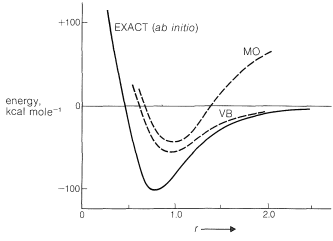I am learning about MO theory in my advanced inorganic chemistry course and am starting to realize that it is truly the most accurate representation of how molecular orbitals look like, where they are located in the molecule, and their relative energies to each other and the original atomic orbitals from which they are composed of. We are using Symmetry Adapted Linear Combinations as the approximation method and so far this method has successfully explained all chemical/magnetic/electronic properties for any molecule investigated thus far.
My question is: Is MO theory perfect? Or does it have a flaw somewhere like every other bonding theory (Lewis, VB, hybridization) I have learned about so far in my chemistry career?

